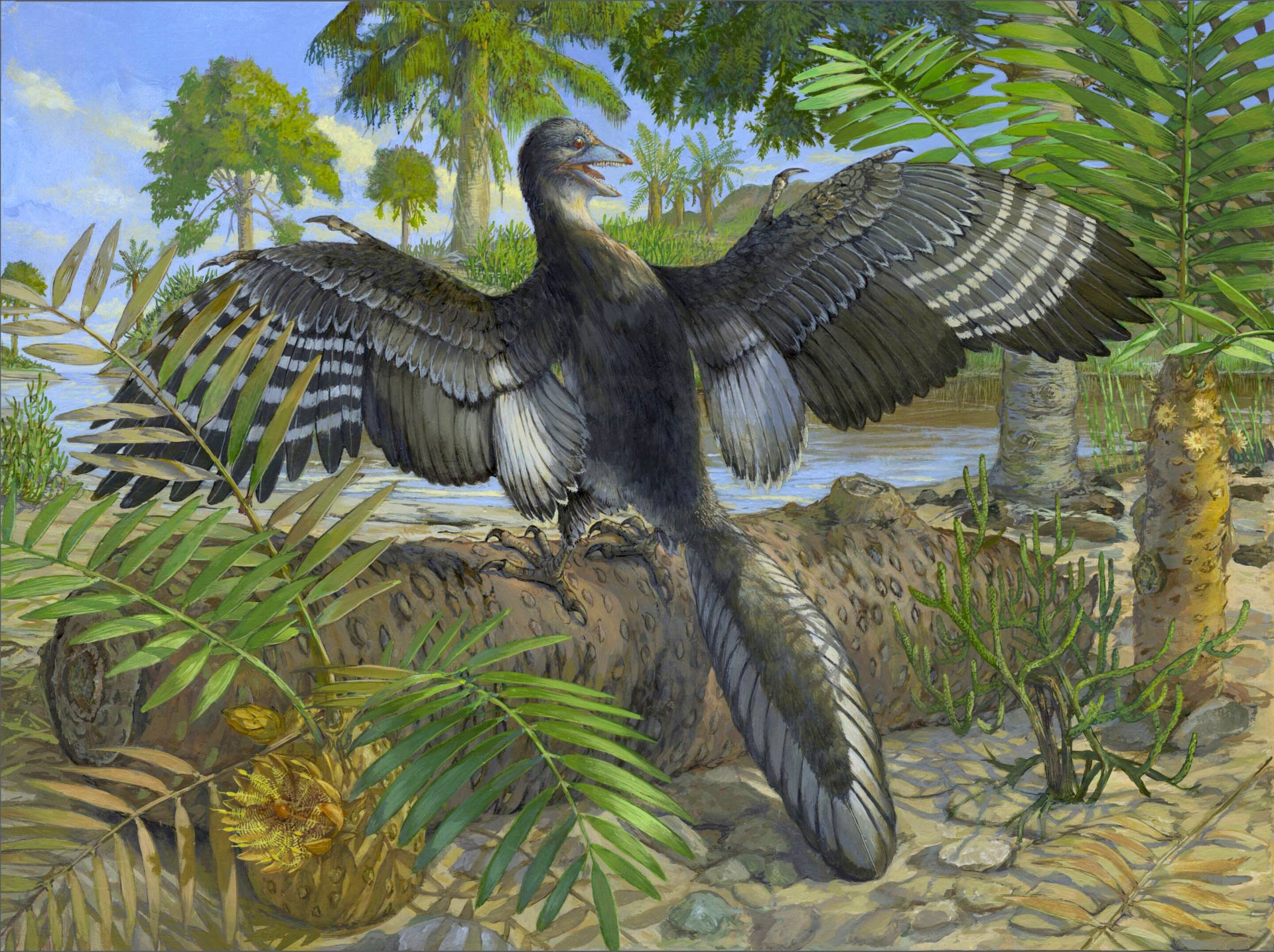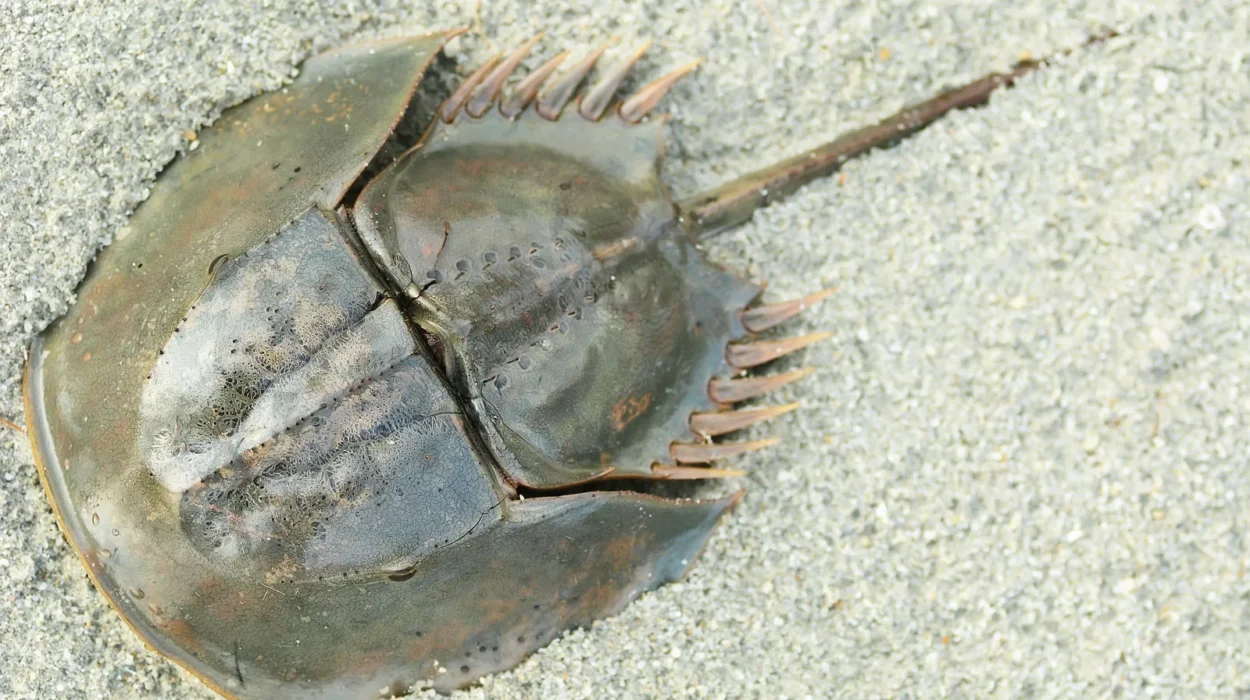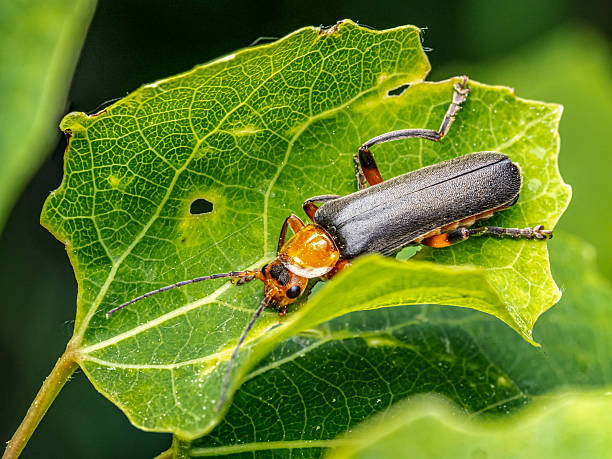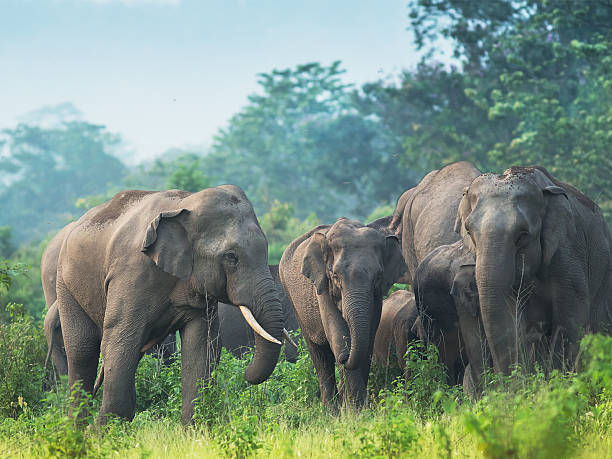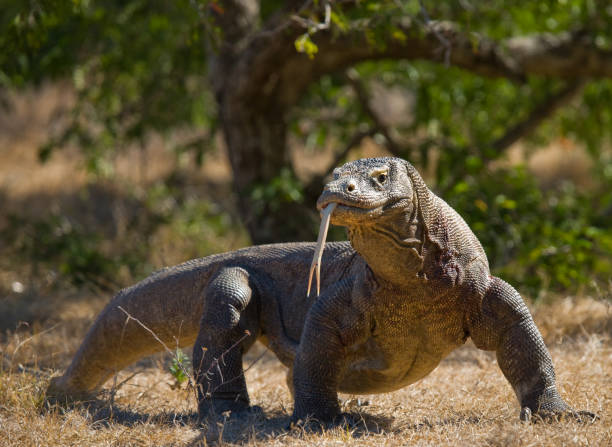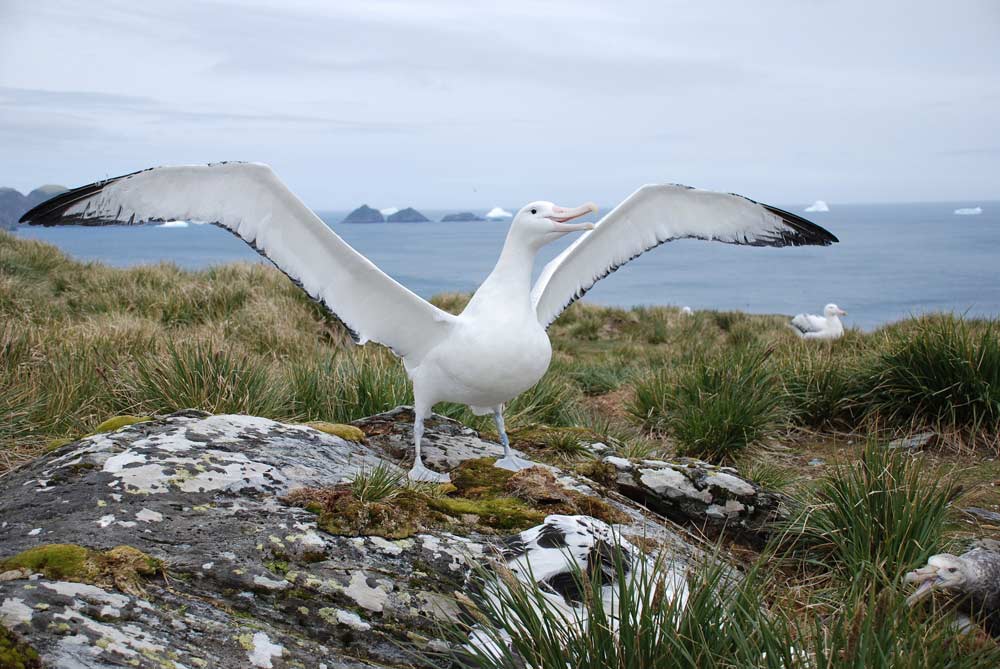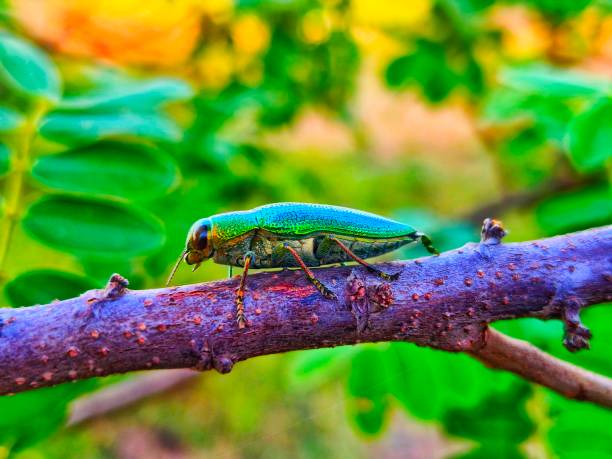When Charles Darwin first set sail aboard The Beagle in 1831, he could not have imagined how profoundly a handful of animals would reshape humanity’s understanding of life itself. Evolution is not just a theory confined to textbooks—it is the grand narrative of existence, written across bones, feathers, fins, and genes. Every species carries a chapter of that story, and certain creatures have become the punctuation marks that changed its meaning forever.
The beauty of evolution lies not in its perfection, but in its creativity. From fish that grew legs to apes that began to think, life has always found a way to adapt, transform, and survive. Here are ten extraordinary animals—some ancient, some still alive—that changed how we understand the great evolutionary dance that unites all living things.
1. The Finch – Darwin’s Feathered Revolutionaries
The Galápagos Islands, scattered like jewels in the Pacific, hold a quiet secret that shook the world. When Darwin arrived there in 1835, he encountered small brown birds that, at first glance, looked unremarkable. But upon closer inspection, he noticed something astonishing—their beaks were all different.
Some finches had long, slender beaks perfect for probing flowers. Others had short, crushing beaks ideal for cracking nuts. And yet, they all belonged to the same species group. Darwin began to wonder: could these birds have evolved from a single ancestor, each adapting to different ecological niches?
That question planted the seed for his theory of natural selection. The finches—now known as Darwin’s finches—became living proof that environment drives adaptation. Their beaks were not random traits but finely tuned tools shaped by survival itself.
Today, studies continue to show how these finches evolve in real time. During droughts, larger-beaked birds dominate; in wet years, smaller-beaked ones thrive. Evolution, it turns out, is not just history—it’s happening here and now, one beak at a time.
2. Archaeopteryx – The First Bird and the Bridge Between Worlds
In 1861, in the limestone quarries of Solnhofen, Germany, workers unearthed something that looked like a miracle: a fossil with both feathers and teeth, wings and claws, a tail like a reptile, and bones like a bird. It was Archaeopteryx, the oldest known bird, dating back 150 million years.
This single fossil was the missing link between dinosaurs and birds—a bridge between two worlds. Until its discovery, many skeptics of Darwin’s theory argued that evolution couldn’t explain transitions between major groups. But Archaeopteryx shattered that doubt. Here was a creature that embodied evolution in motion: a dinosaur learning to fly.
Its wings bore feathers nearly identical to those of modern birds, yet its skeleton retained unmistakable dinosaurian features. It proved that birds didn’t appear out of nowhere—they evolved from theropod dinosaurs, the same lineage that gave us the mighty Tyrannosaurus rex.
Archaeopteryx remains one of the most iconic fossils in history, a ghost frozen in stone that whispered: every leap in life begins with a step.
3. Tiktaalik – The Fish That Walked
Imagine standing at the edge of a primeval swamp 375 million years ago. The air is heavy with humidity, the water teeming with strange fish. Then, from the shallows, something remarkable happens—a creature pushes itself onto land using strong, fin-like limbs. Its name, discovered in 2004 in the Arctic, is Tiktaalik roseae.
Tiktaalik is one of the most important discoveries in paleontology because it captures evolution’s most daring experiment: the transition from water to land. It had scales and gills like a fish but also lungs, wrists, and a neck like a land animal. It could prop itself up, breathe air, and likely crawl along muddy riverbanks in search of food.
This fossil showed that the boundary between aquatic and terrestrial life was not an abrupt leap but a gradual series of adaptations. Tiktaalik was the bridge between fish and amphibians—the ancestor of every frog, lizard, bird, and mammal that ever walked the Earth.
Its discovery confirmed that evolution is written not in theory, but in stone. Tiktaalik’s bones are a message across 375 million years: progress is born from the courage to leave the water.
4. The Coelacanth – The Fish That Refused to Die
In 1938, a South African fisherman caught something that shouldn’t have existed. It was a blue, finned creature nearly five feet long—a coelacanth, thought to have gone extinct 66 million years ago. The world was stunned.
Coelacanths were known only from fossils dating back hundreds of millions of years, often labeled as “missing links” between fish and amphibians. To find one alive was like discovering a living dinosaur.
This deep-sea dweller became a living time capsule, offering scientists a glimpse into early vertebrate evolution. Its lobed fins, which resemble primitive limbs, reveal how fish anatomy evolved toward land locomotion. Its body structure, gills, and unique form of movement—alternating its fins like walking legs—demonstrate an ancient blueprint for terrestrial life.
The coelacanth didn’t just survive—it endured. It proved that evolution isn’t a straight line toward progress but a tree with many branches, some of which quietly persist in hidden corners of the world. In its dark ocean home, the coelacanth still swims, a ghost of our ancient past that never stopped breathing.
5. The Horse – A Journey Through Time on Four Legs
No animal’s fossil record tells the story of evolution as beautifully as the horse. Over 55 million years, horses transformed from small, forest-dwelling creatures the size of a fox into the powerful grazers that now thunder across plains.
Early horses like Eohippus had four toes and browsed on soft leaves. As grasslands spread, horses evolved longer legs and fewer toes for running, along with high-crowned teeth to grind tough grasses. Fossils show each step—Mesohippus, Merychippus, Pliohippus—culminating in Equus, the modern horse.
This progression provided Darwin’s followers with tangible, visual evidence for gradual evolution. Horses proved that adaptation could be traced in exquisite detail over millions of years.
Beyond anatomy, their story reflects a deeper truth about survival: those who endure are those who change. The horse is not just a symbol of speed—it’s a symbol of transformation, of life galloping ever forward in the race against time.
6. The Peppered Moth – Evolution in Black and White
Sometimes, evolution reveals itself not over millions of years, but within a single human lifetime. The peppered moth of England, Biston betularia, became a living lesson during the Industrial Revolution.
Before industrialization, most moths were light-colored, blending perfectly with the pale bark of birch trees. But as soot from factories darkened the landscape, the pale moths became visible to predators, while darker variants—once rare—flourished. Within decades, black moths dominated polluted areas. When pollution laws later cleaned the air, the light moths made a comeback.
This rapid, observable shift became one of the clearest examples of natural selection in action. Evolution wasn’t a relic of ancient history—it was happening before people’s eyes.
The peppered moth taught the world that the smallest creatures could carry the largest truths. Nature changes because it must. The color of a moth’s wings, simple as it seems, became proof that adaptation is the pulse of life.
7. The Lungfish – Breathing Between Worlds
The lungfish is one of evolution’s strangest survivors—a creature that can breathe through gills underwater and lungs on land. Found in Africa, South America, and Australia, lungfish are living fossils, almost unchanged for over 400 million years.
Their dual breathing systems make them crucial for understanding how vertebrates conquered land. During droughts, lungfish bury themselves in mud, slow their metabolism, and breathe air for months—sometimes years—until rain returns. This astonishing resilience mirrors the ancient transition from aquatic to terrestrial life.
Genetic studies reveal that lungfish are more closely related to land vertebrates than to any other fish. They are evolutionary cousins to amphibians, reptiles, and mammals—including us.
The lungfish teaches a profound lesson: life’s creativity lies in flexibility. Evolution isn’t about abandoning the old—it’s about reimagining it. From gills to lungs, from water to air, the lungfish embodies the courage of adaptation.
8. The Platypus – Nature’s Impossible Puzzle
When European scientists first saw the platypus in the late 18th century, they thought it was a hoax. A mammal with a duck’s bill, webbed feet, and egg-laying habits? It seemed impossible. But the platypus was very real—and it would turn biology upside down.
Native to Australia, the platypus defied every category. It was warm-blooded yet laid eggs like a reptile. It produced milk but had no nipples. Males carried venom in their spurs. This bizarre combination baffled scientists and forced a reevaluation of how animals evolved.
Genetic and fossil evidence now show that monotremes like the platypus split from other mammals early in evolution, retaining reptilian traits while developing mammalian features. In other words, the platypus isn’t a mistake—it’s a masterpiece of evolutionary experimentation.
This creature revealed that evolution is not linear but mosaic. Nature doesn’t discard old blueprints; it reuses them in wondrous combinations. The platypus stands as a living reminder that even the strangest forms have a place in life’s grand design.
9. The Cichlid – Evolution’s Rapid Fire Experiment
In the great lakes of Africa—Victoria, Malawi, and Tanganyika—lives a dazzling explosion of color and form: the cichlids. These fish have evolved into over 2,000 species in just a few million years, an evolutionary rate unparalleled in vertebrates.
Cichlids vary wildly in size, shape, and behavior. Some feed on algae, others on insects, and some specialize in eating scales off other fish. Despite their diversity, genetic studies reveal that they all descended from a few common ancestors.
This phenomenon, known as adaptive radiation, shows evolution’s power to generate endless forms from a single source. The cichlids’ rapid diversification demonstrates how ecological opportunity and sexual selection can ignite evolutionary explosions.
Their story mirrors Darwin’s finches on a grander scale, showing that evolution is not slow—it can be lightning-fast when nature provides the right stage. The lakes themselves become laboratories, and every cichlid is an ongoing experiment in life’s capacity to innovate.
10. The Human – The Ape That Asked Why
No story of evolution is complete without us. Humans are both product and witness of evolution—the species that evolved to question its own origins.
Our lineage, traced through fossils and DNA, reveals a journey of breathtaking transformation. From Australopithecus afarensis (“Lucy”), who walked upright in Africa 3.2 million years ago, to Homo habilis crafting tools, to Homo sapiens gazing at the stars, every step tells of adaptation, curiosity, and survival.
What makes humans remarkable is not just our intelligence, but our awareness of evolution itself. We are evolution made self-aware—the universe contemplating its own creation.
Through genetics, we’ve discovered that we share 98.8% of our DNA with chimpanzees. Through fossils, we’ve uncovered ancestors who reveal how our brains, hands, and societies evolved. Each discovery reminds us that humanity’s roots stretch deep into the same soil as every other living thing.
In understanding our evolution, we don’t stand apart from nature—we return to it. The story of life becomes our own story, written in our bones and carried in our breath.
The Endless Tapestry of Change
From the finch’s beak to the human brain, from the fossilized wing of Archaeopteryx to the living shadow of the coelacanth, each of these creatures has illuminated a piece of the grand puzzle of life.
Evolution is not a theory about the past—it’s the poetry of existence itself. It explains how life grows, adapts, and transforms through the unbroken thread of time. It is a symphony played over billions of years, each species a note in an ever-evolving melody.
These ten animals remind us that the history of life is not static—it’s alive, breathing, and still unfolding. Every discovery deepens the wonder, every fossil adds a verse.
And perhaps, the greatest truth of all is this: we, too, are still evolving—changing, learning, and reaching toward whatever comes next. Evolution is not finished. It never will be. It is the heartbeat of the Earth itself.
